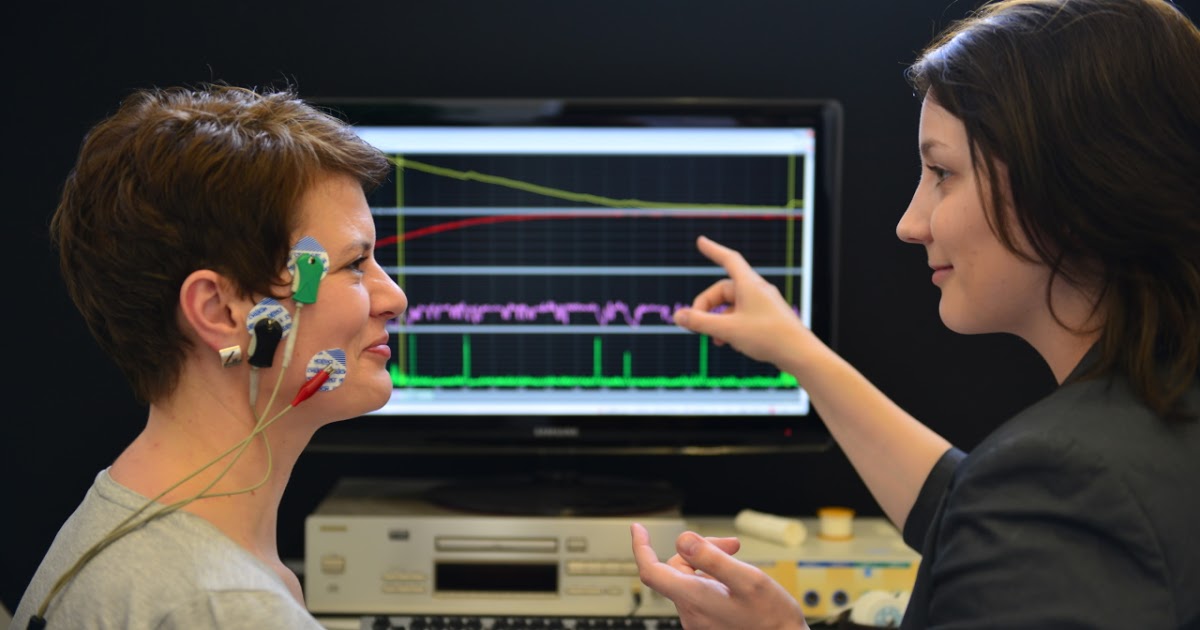Options For Treating Complex Regional Pain Syndrome
Complex regional pain syndrome is a condition that occurs when an individual experiences chronic pain following an injury. The symptoms must persist for longer than six months and are usually concentrated in one limb. Though most cases of this condition occur after an injury, it's not necessary for an injury to have occurred to receive a diagnosis. Researchers believe complex regional pain syndrome is caused by a malfunction of the central and peripheral nervous systems. The condition's main characteristics are prolonged pain, changes in color, temperature changes, and swelling in the area affected. The two subtypes of complex regional pain syndrome are CRPS-I and CRPS-II. When a nerve injury isn't confirmed, the diagnosis is CRPS-I, and if a nerve injury has been identified, the diagnosis is CRPS-II.
Heat Therapy

Heat therapy has been shown to be successful in treating some of the symptoms associated with complex regional pain syndrome. Conversely, patients should not use ice for their symptoms, as it has been shown to make symptoms worse and can even cause the pain to spread. The only time ice is used are when swelling is so extreme that ice is necessary to bring it down. If patients use baths to treat their symptoms, they should make sure the water stays warm. Heat therapy can be applied through a variety of different tools. Patients may benefit from a hot cloth, heating pad, hot water bottle, or cordless heating wrap around their affected limb. In addition to treating complex regional pain syndrome, heat therapy is an effective tool for treating muscle injuries and arthritis. It is most often used in a rehabilitative context.
Sympathetic Nerve-Blocking Medication

Some patients might benefit from the use of sympathetic nerve-blocking medication. An individual's sympathetic nerves are located along the spinal column's front side, and they control bodily functions like heart rate, blood pressure, digestion, and sweating. In complex regional pain syndrome patients, the sympathetic nerves continue to transmit pain signals to the brain after an injury, even when the injury has already healed. A doctor can use a sympathetic nerve block to ascertain the source of a patient's symptoms. The test involves a numbing medication being injected near the spine. This numbs the sympathetic nerves and blocks them from transmitting signals. If those are the nerves responsible for the pain, the injection might help patients experience relief. If one injection is effective, a doctor might recommend doing a series of injections in intervals of one to two weeks to provide longer-lasting pain relief.
Transcutaneous Electrical Nerve Stimulation

Transcutaneous electrical nerve stimulation (TENS) is the process of using low-voltage electric currents for pain treatment. Many individuals are familiar with a TENS unit, which can be found at most drugstores. It delivers an electrical current to the nervous system through patches on the skin, which is thought to help with muscle and nerve pain. Most patients can use TENS units at home, though they should be instructed by their healthcare provider in how to use them first. A healthcare provider can adjust the machine's settings to make sure they deliver the best pain relief in the safest way possible. These units work by interrupting the connection between the nerves and the brain. They stop pain receptors from sending signals to the brain.
Bone-Loss Medication

A doctor might prescribe bone-loss medications to prevent loss of bone or stall the progression of bone loss. Two of the most common medications are calcitonin and alendronate. Calcitonin is a hormone that occurs naturally in the body. It is produced by the thyroid gland and essential for the regulation of potassium and calcium levels. Artificial calcitonin might help increase a patient's calcium and potassium levels, which can strengthen the bones and prevent bone loss. Alendronate is a medication that slows bone loss, and it's part of the bisphosphonate class of drugs. Medications for bone loss are used when complex regional pain syndrome is related to changes in bone structure. Doctors might do a bone scan to find bone changes.
Biofeedback

Biofeedback is a technique used to control certain functions in the body. With biofeedback, the patient is connected to electrical sensors that allow them to receive information regarding their body. By using the feedback, they can make subtle changes to their body like relaxing muscles to relieve pain. Biofeedback helps patients control their bodies by seeing real-time results of their actions. There are a variety of methods that can be used. Patients can monitor their breathing, heart rate, brain waves, muscle contractions, temperature, and sweat gland activity. In the treatment of complex regional pain syndrome, these tools can sometimes help patients identify ways of reducing their pain through organic movement. Biofeedback training is typically offered in physical therapy clinics.
